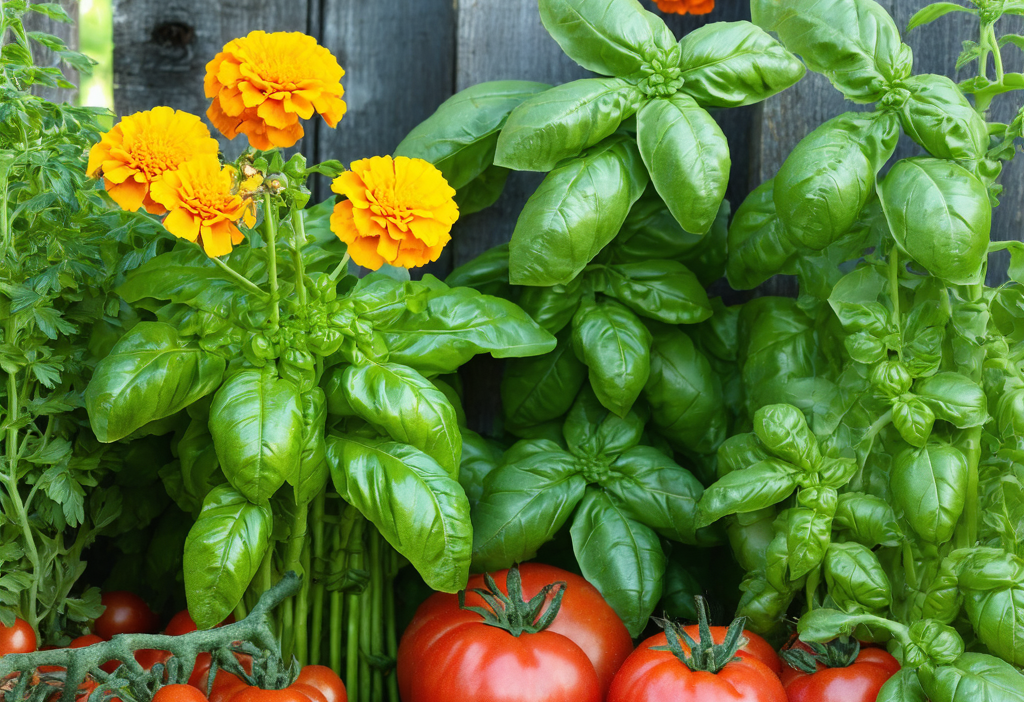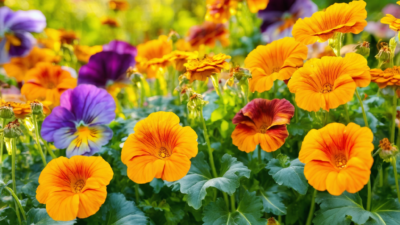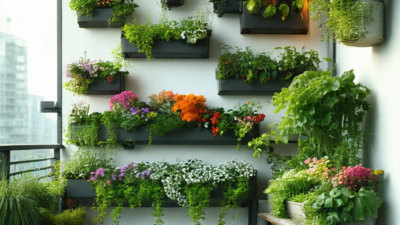The Art of Companion Planting: A Natural Approach to Organic Gardening
Gardening is more than just planting seeds and waiting for results. It’s a delicate balance of nature, timing, and technique. One method that has gained significant popularity in recent years is companion planting—a practice where different plants are grown together to enhance growth, deter pests, and promote overall garden health. In this guide, we’ll explore the benefits, techniques, and best practices for successful companion planting.
What is Companion Planting?
Companion planting is an age-old gardening technique that involves growing different plants near each other to maximize their mutual benefits. This approach leverages the natural relationships between plants, whether they be beneficial for pollination, pest control, or soil enrichment. It’s a cornerstone of organic gardening and sustainable farming practices.
The Benefits of Companion Planting
There are numerous advantages to incorporating companion planting into your garden:
- Pest Control: Certain plants emit natural chemicals that repel pests or attract beneficial insects like ladybugs and bees.
- Soil Health: Some plants fix nitrogen in the soil, while others add nutrients, creating a balanced ecosystem for all your crops.
- Better Pollination: Flowers planted alongside vegetables can attract pollinators, increasing yield and quality.
- Space Efficiency: Growing plants together optimizes space, especially useful in small gardens or containers.
Popular Companion Planting Combinations
Some classic combinations that work wonders in the garden include:
- Tomatoes and Basil: Basil not only enhances tomato flavor but also repels pests like aphids and mosquitoes.
- Corn, Beans, and Squash: Known as the Three Sisters, these crops support each other’s growth—beans fix nitrogen, corn provides structure, and squash shades the soil.
- Pumpkins and Marigolds: Marigolds deter pests like aphids and whiteflies while adding vibrant color to your garden.
Tips for Successful Companion Planting
To make the most of companion planting, follow these tips:
- Research plant compatibility. Not all plants play well together—some may compete for resources or inhibit growth.
- Rotate crops annually to prevent soil depletion and pest buildup.
- Observe your garden regularly. Pay attention to how plants interact and adjust as needed.
A Conclusion Worth Its Weight in Tomatoes
Incorporating companion planting into your gardening routine can yield a more productive, healthier, and visually appealing garden. By understanding the natural relationships between plants, you can create a thriving ecosystem that benefits both you and the environment. Happy planting!





